How to grow orchids for beginners
The new "Orchid Friends" naturally have a great enthusiasm for growing orchids. But enthusiasm alone is not enough, it is also necessary to master some basic knowledge of growing orchids--
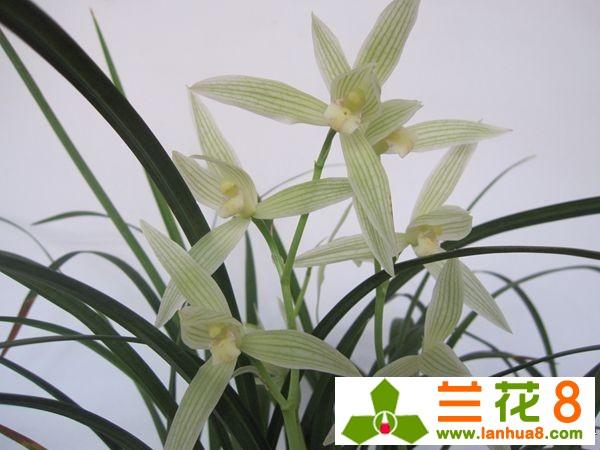
(1) first of all, solve the environment of the orchid planting site.
Orchid planting can be divided into courtyard planting and large field planting. General family orchid can choose balcony or rooftop, you can also build a shed on the windowsill. Glass greenhouses can be built if conditions permit. But planting places, whether on the balcony, rooftop or windowsill to build appropriate shading nets to block the sun and wind heat, to have good ventilation conditions, to maintain appropriate humidity. When it is too hot in summer, a movable shading net should be added to the roof to flexibly control the light.
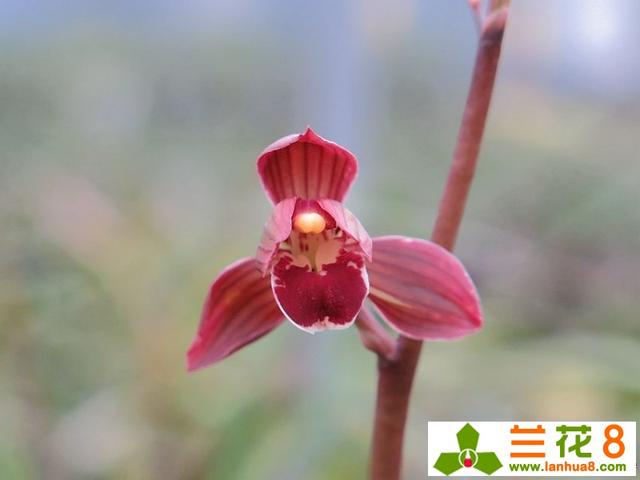
(2) choose good planting materials and pots.
Orchid basin: orchid basin is the living room of orchids, which has a great influence on the growth of orchids. In the past, traditional orchids used large tile pots, but now most of the high-grade orchids use small trumpet pots. There are pottery pots and plastic pots, each with its own advantages and disadvantages. What kind of pot to use depends on each person's habits and varieties. However, it is best to use the same orchid basin with different sizes in an orchid shed for unified management in the future.
Plant material: the orchid plant material (base material) used to use pond mud in the past, but now it uses pond cornerstone, pumice stone, wind fossil, absorbent stone, pottery and other plant materials. Field species of orchid mostly use sawdust, grain husk, dregs, cinders, sea sand, peanut shells and other soft plants, with foam at the bottom and so on. Mixed use is more common. The use of these plants has its own advantages and disadvantages. What kind of plant material is better to use depends on the habits of each person, the varieties of cultivation and the pots used (the pots and plants cooperate with each other).
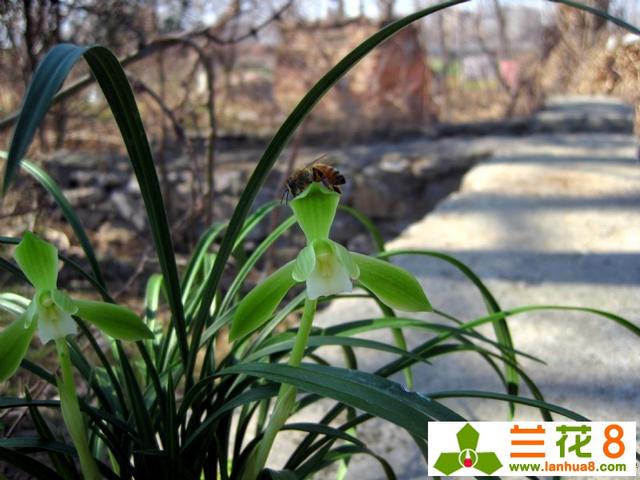
(3) to constantly sum up experience in practice
In order to grow orchids well, we must also master the management of watering, fertilization and the control of diseases and insect pests. Among them, the principle of fertilization should be applied in sunny day, thin application, diligent application and no application in hibernation. It is suggested that we should take part in the practice of cultivating orchids, usually read more books, visit more, ask more questions, and constantly explore and sum up experiences and lessons in practice in order to continuously improve the technical level of planting orchids.
Click the blue word "Orchid Bar" at the top of this article to get the latest orchid knowledge for free every day to help you become an orchid master! Wechat search official account: orchid bar follow and reply the number "8" to get orchids, orchid plants, orchid pots and orchid supplies!
- Prev
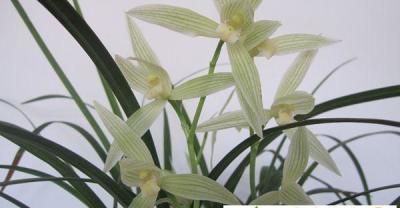
Orchids novice introduction of orchids note
One, raise the orchids of this area orchids are regional, Jiangsu and Zhejiang raise spring lily, Sichuan people raise spring sword, Yungui raise lotus petals, this roughly has a region. Any orchid straddling...
- Next
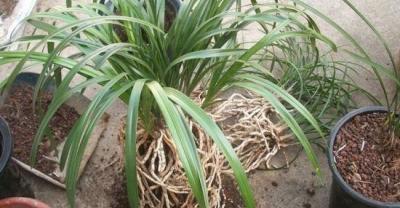
How should orchid raise, orchid breeds technology!
It belongs to semi-negative plants and relies on orchid roots to make orchid bacteria for growth. We only know the growth habits of orchids to be able to raise orchids. Many orchid friends don't know orchids.
Related
- Is the orchid suitable for indoor use? Is it good for the body?
- How to prevent the empty root of orchids?
- What to do after the crab claw orchid is withered?
- Why are the leaves of orchids always yellow? Fertilizing and watering.
- Can the root of the gentleman orchid be saved if it is rotten?
- Diagnosis and treatment of cotton-blowing beetle insects in Cymbidium
- There is a way for a gentleman's orchid to rot.
- What is the most suitable temperature and humidity for the orchid?
- How to raise a gentleman's orchid? Cultivation techniques of Cymbidium
- How to prepare the nutritive soil for the cultivation of Cymbidium

